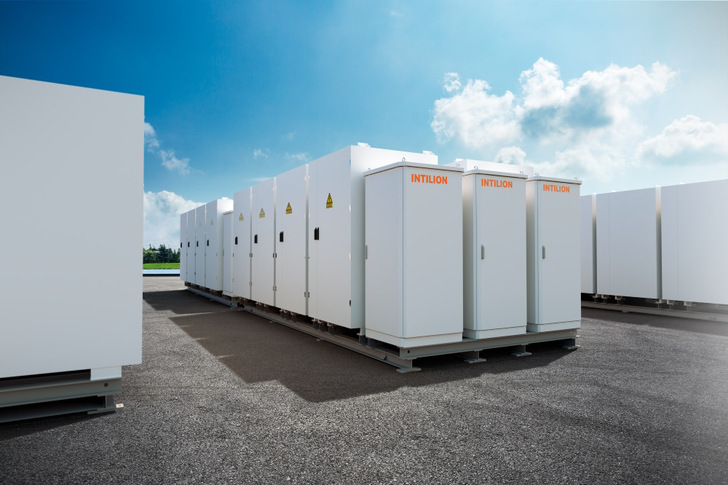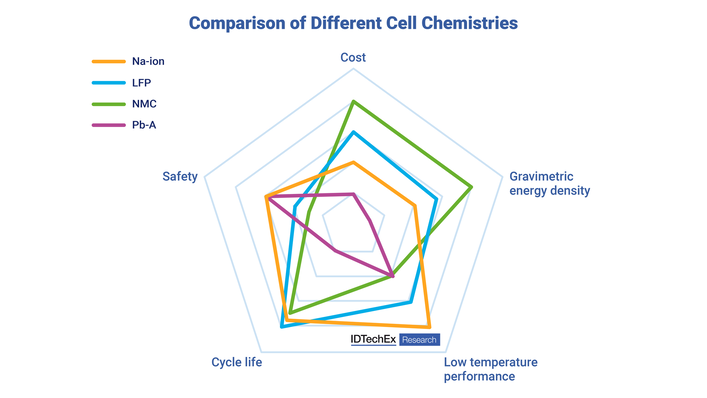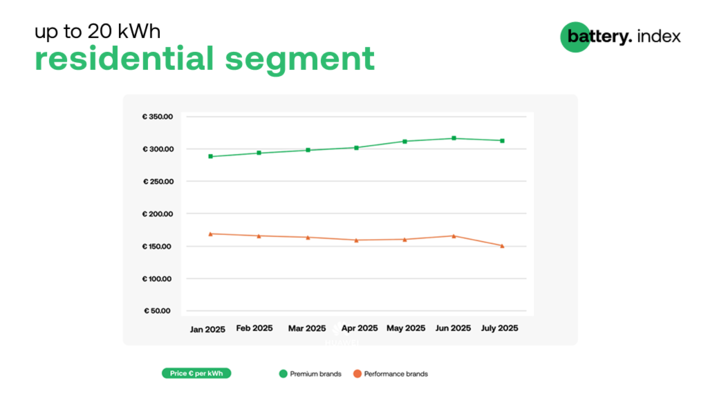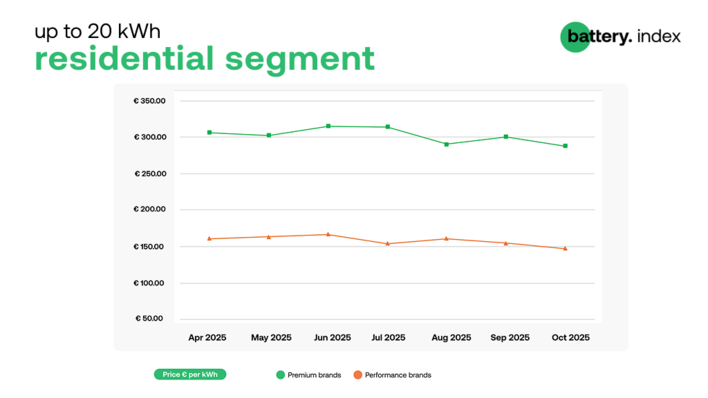“This order from PASM represents our largest single order for large-scale storage systems to date but means that we are also entering the emerging market for energy storage systems for the telecommunications industry and for data centres,” says Manuel Schmidt, CSO of Intilion.
Frequency Containment Reserve (FCR) stabilises the power grid
PASM intends to use the systems for balancing services. By supplying FCR in the event of a short-term load change in the power grid, the Intilion storage systems cushion the associated frequency fluctuations and relieve pressure on and support the power grid. “The energy transition needs renewable energy sources, making energy production increasingly volatile. Energy storage systems are needed to meet the power requirements of the communications networks around the clock,” explains Christopher Mathea, Energy Manager Sustainability Technology at PASM.
Also interesting: Data centers can do more than digitization
While storage systems each with a capacity of 26.8 MWh are to be installed outdoors in Bamberg and Hanover, Intilion is installing the battery modules with a total capacity of 6.4 MWh at the site in Münster. Installation is planned to start in the second quarter of this year. Intilion plans to commence test operation in the third quarter, which will switch to regular operation by the end of the year.
Also interesting: Data centre storage market is growing
“The energy transition will significantly increase the demand for energy storage solutions for data centres. We have already focused our systems and services on this and wish to position ourselves as one of the key players in the industry,” explains Manuel Schmidt. Deutsche Telekom alone wants to be operating storage systems with a total of around 300 MWh throughout Germany by 2030, 66 MWh of which by next year alone.
Did you miss that? Australia: Long duration battery storage project of RWE
The aim of PASM is to relieve the load on the grid and stabilise the public electricity grid through in-house generation. The company plans to generate at least 10% of its own consumption by 2030. Approximately an additional 300 MWh of storage capacity are needed to produce 250 GWh of in-house generateda solar and wind energy to guarantee power around the clock. (hcn)









